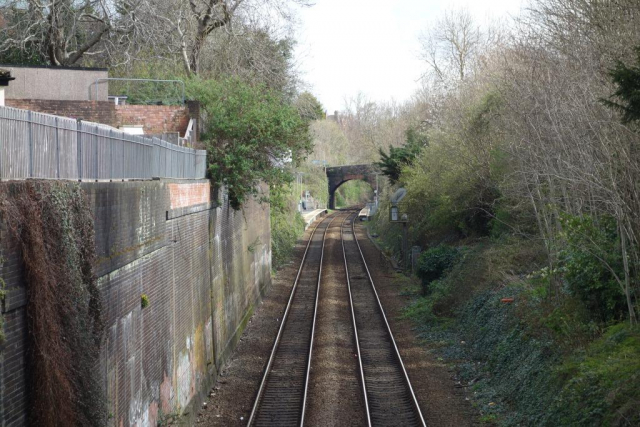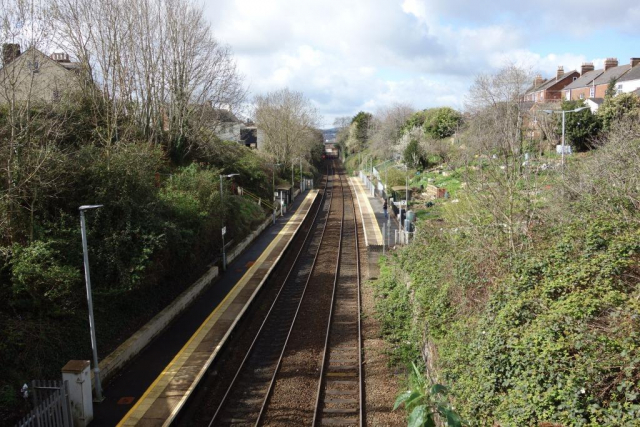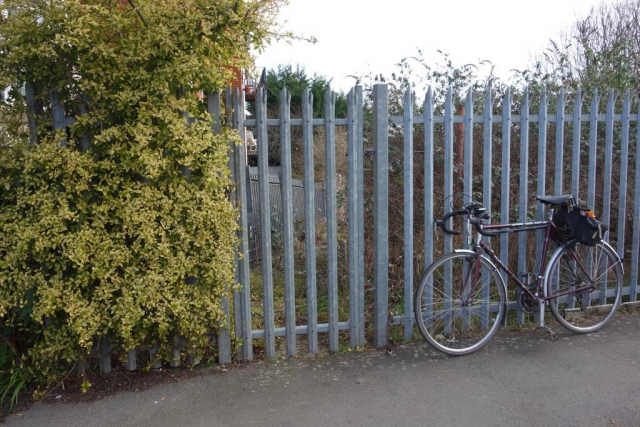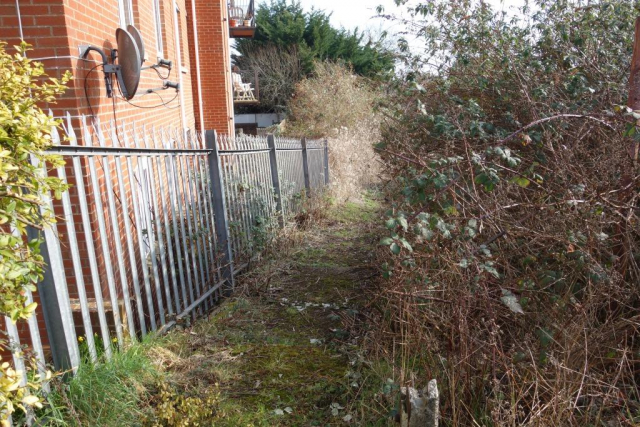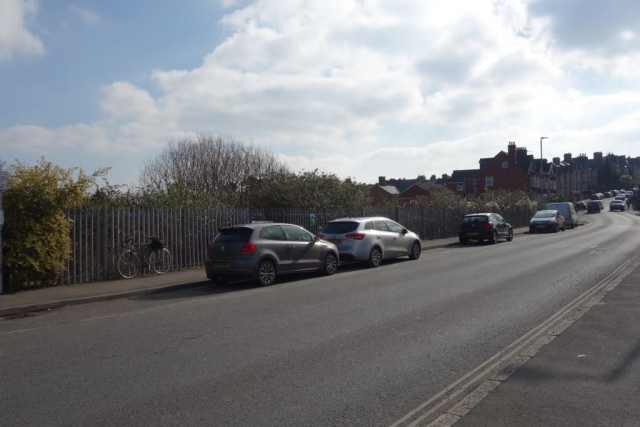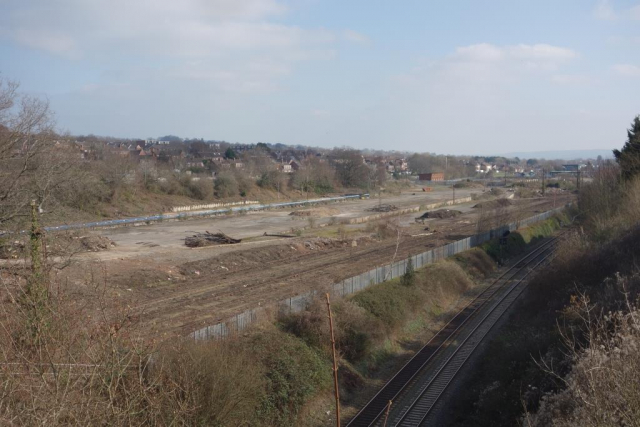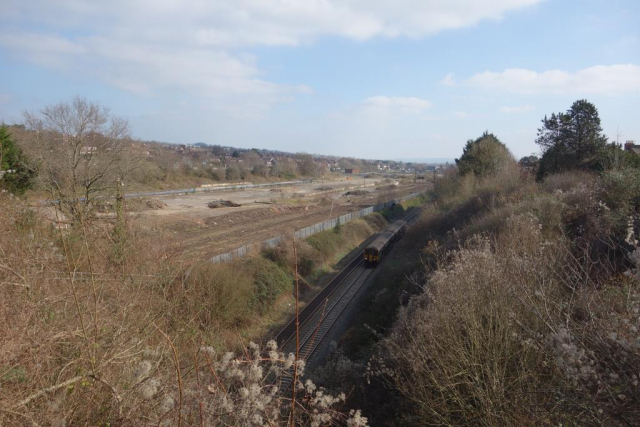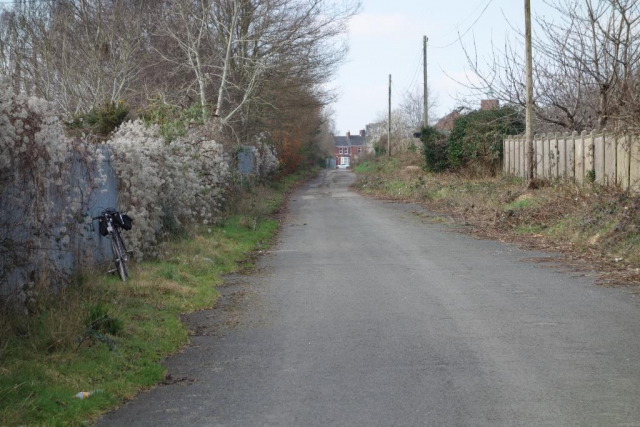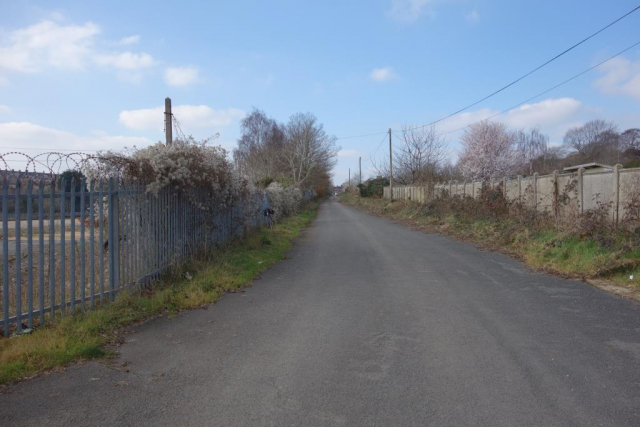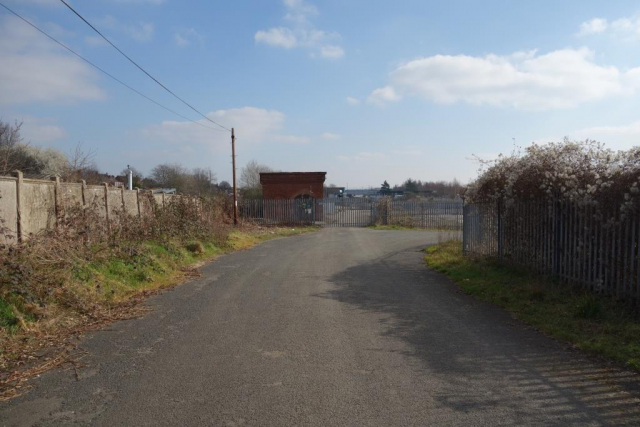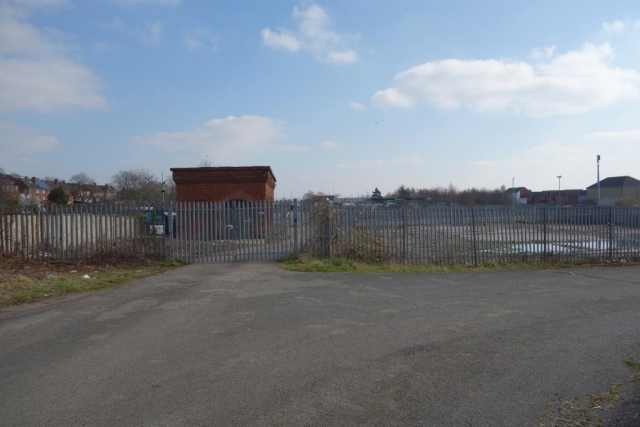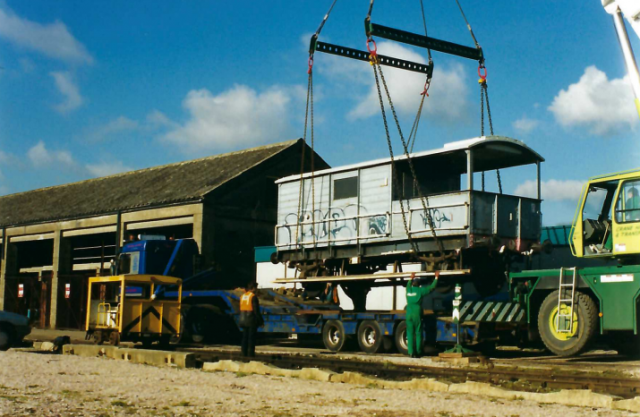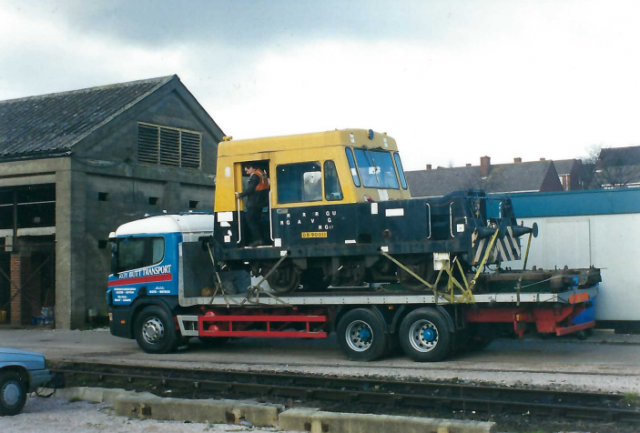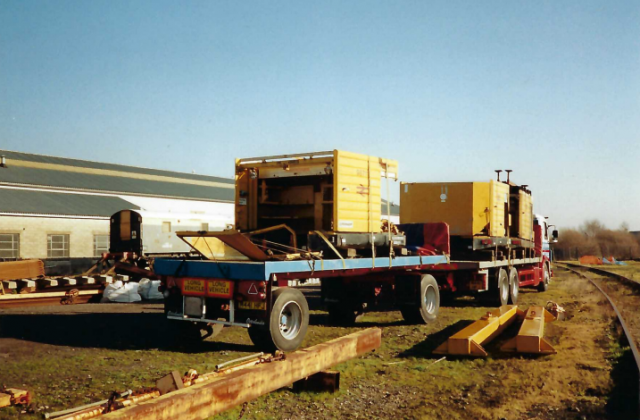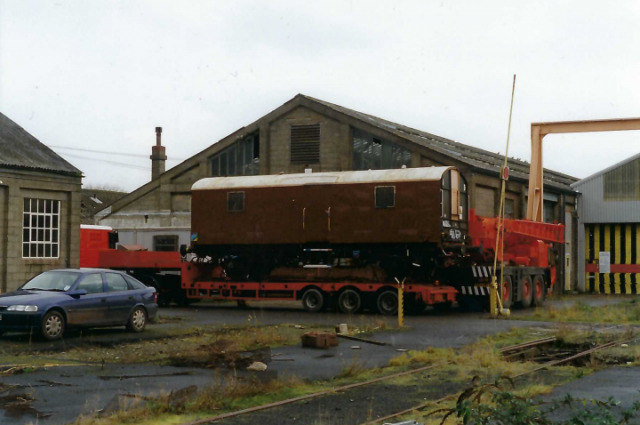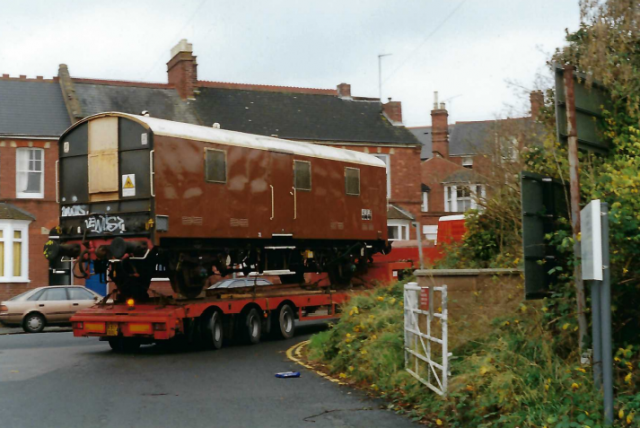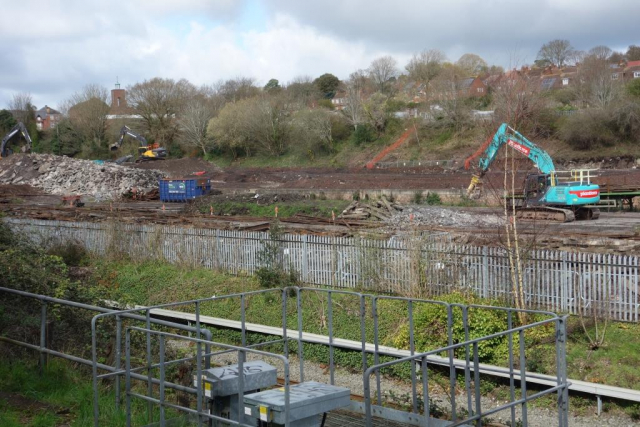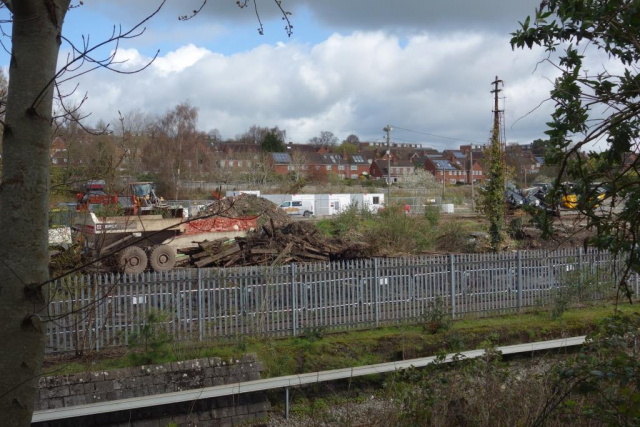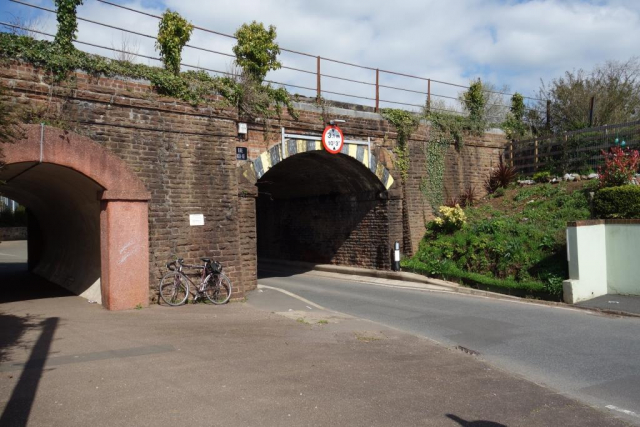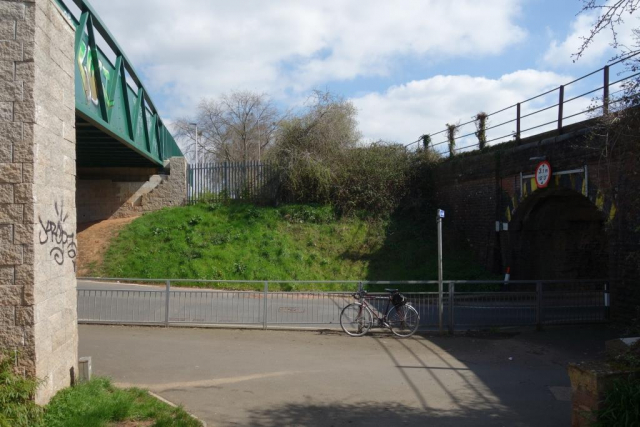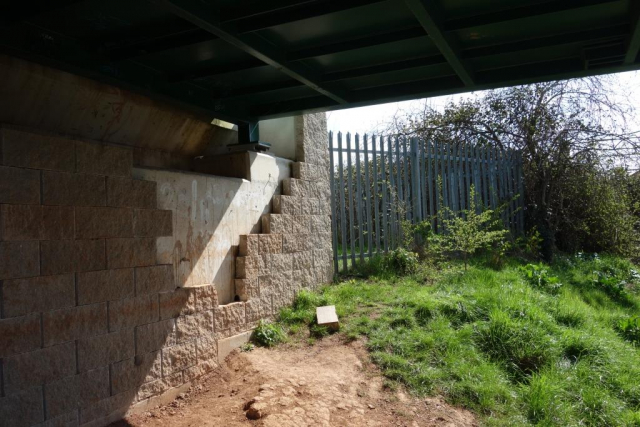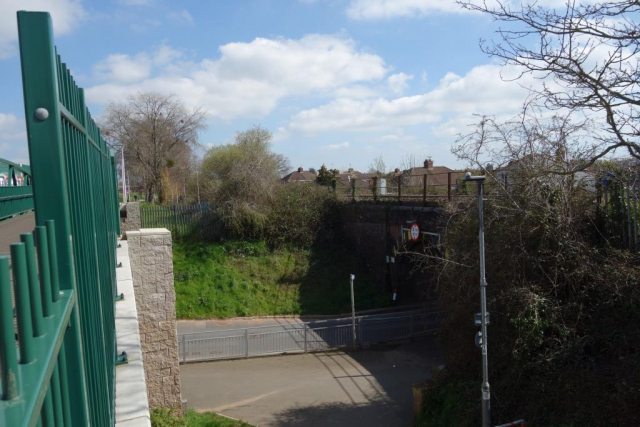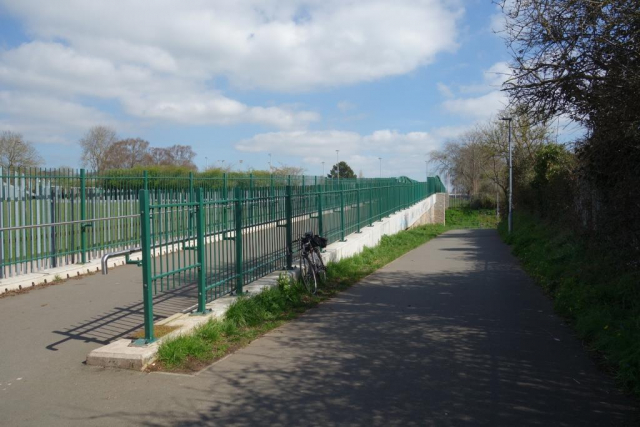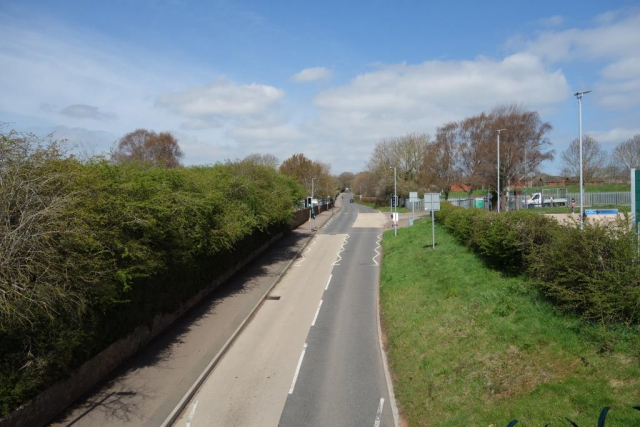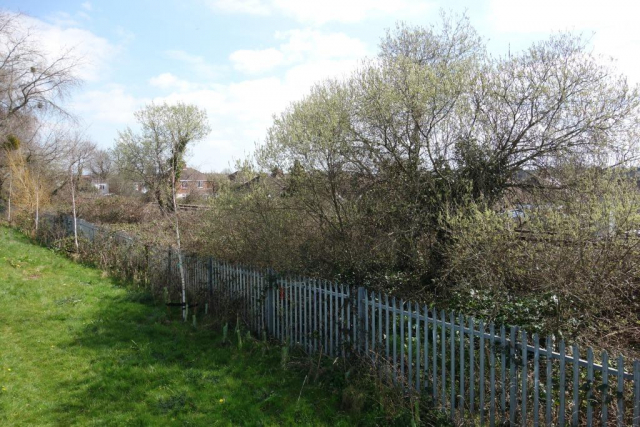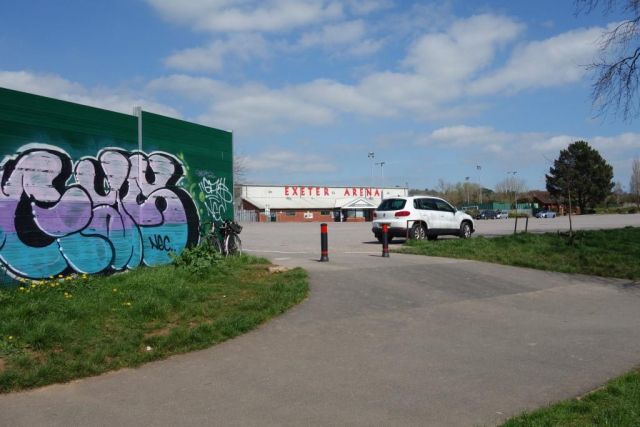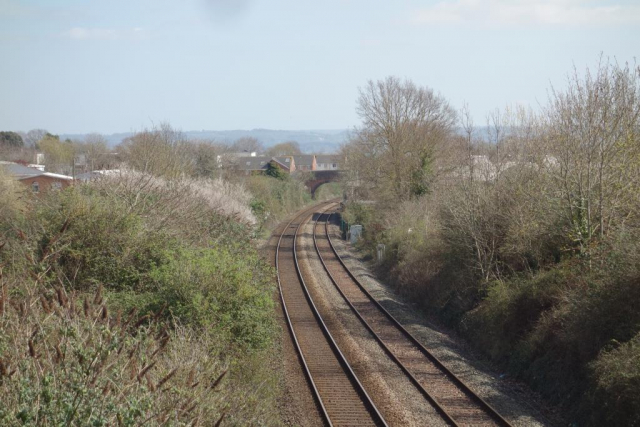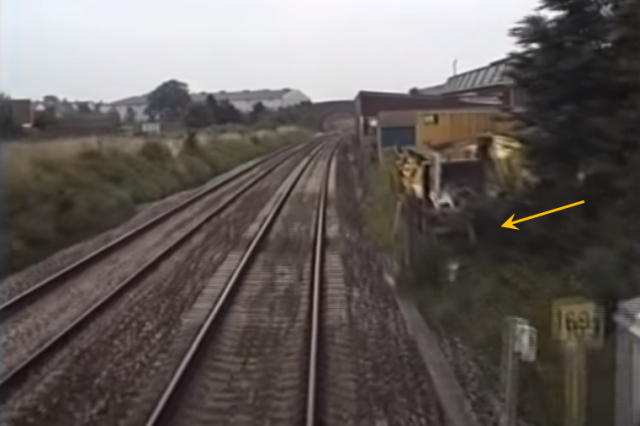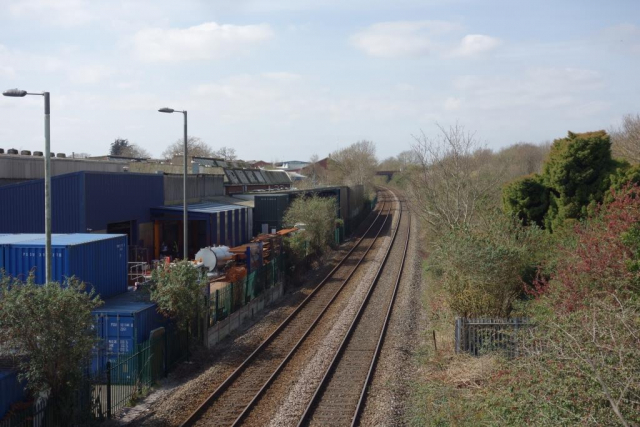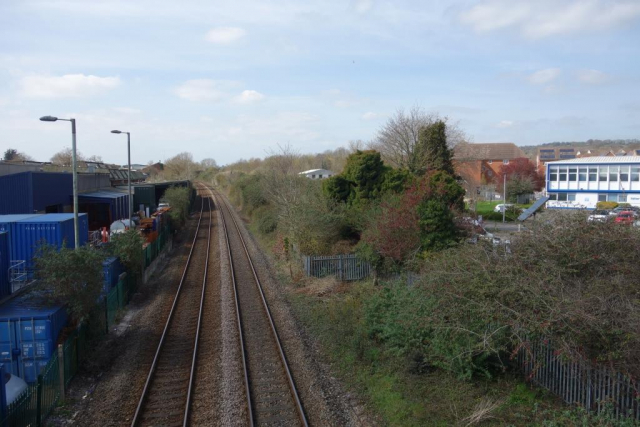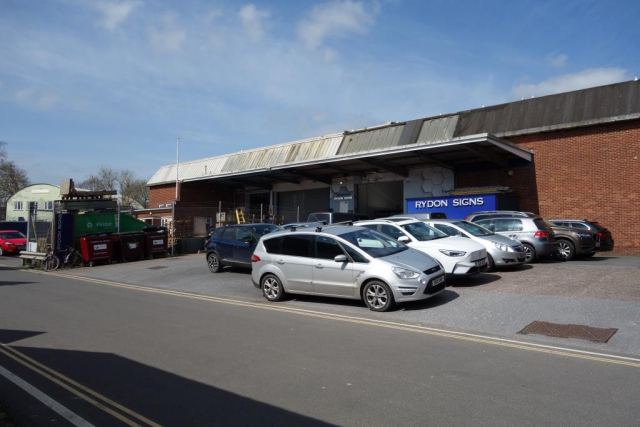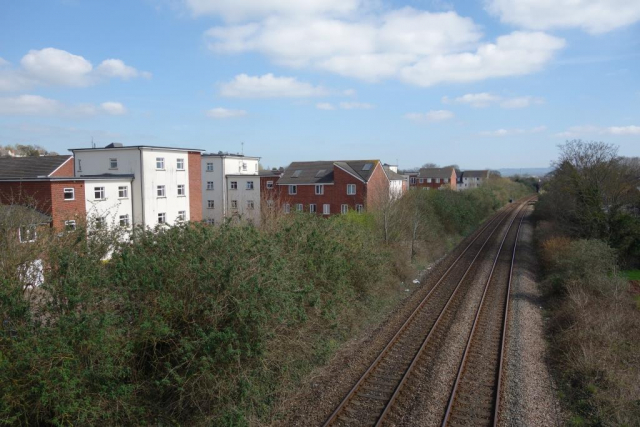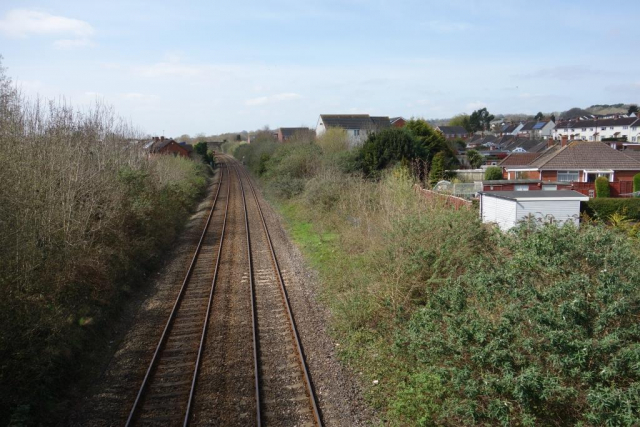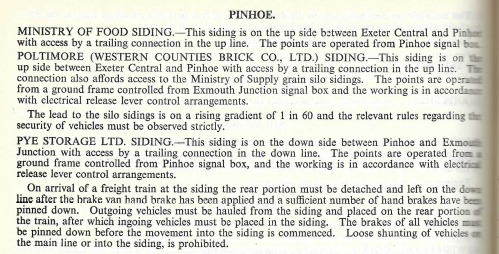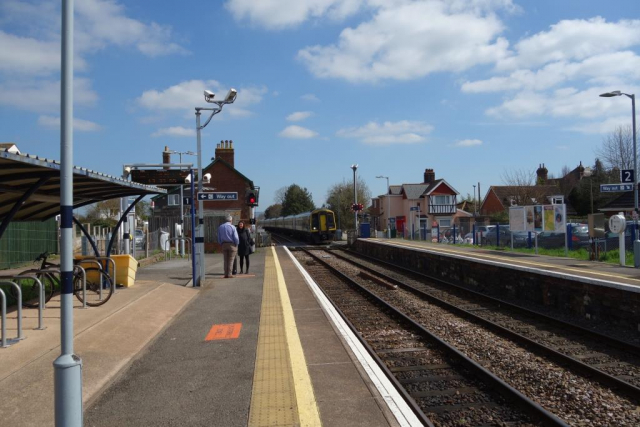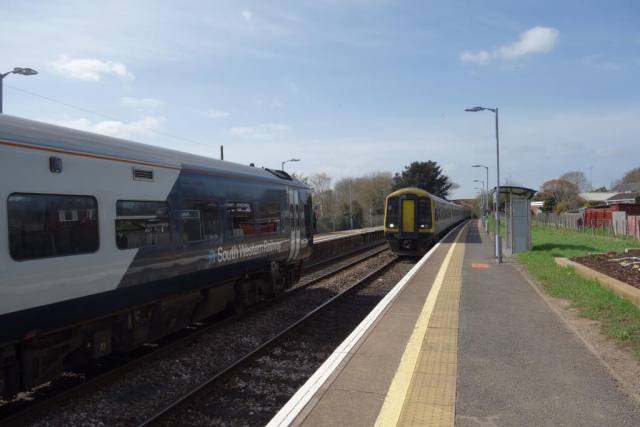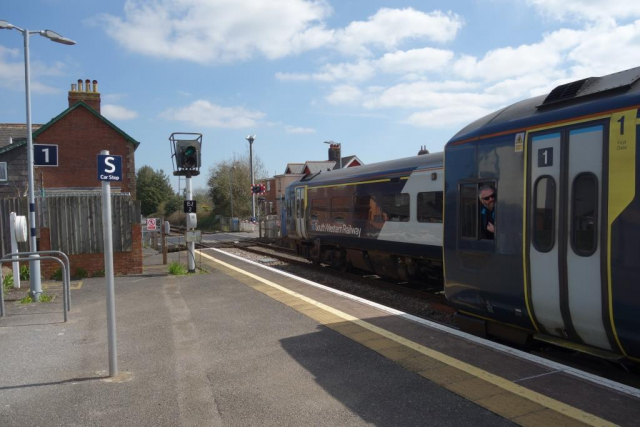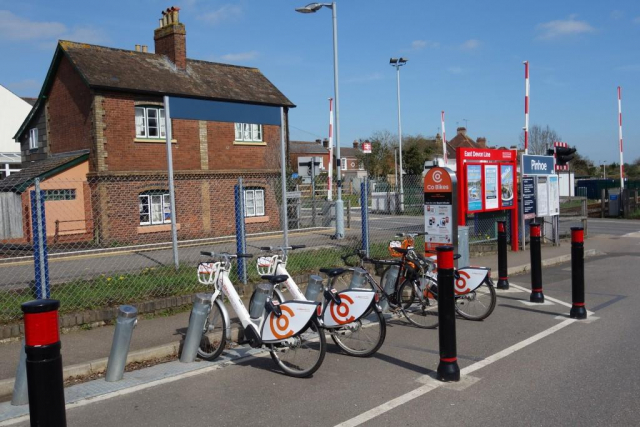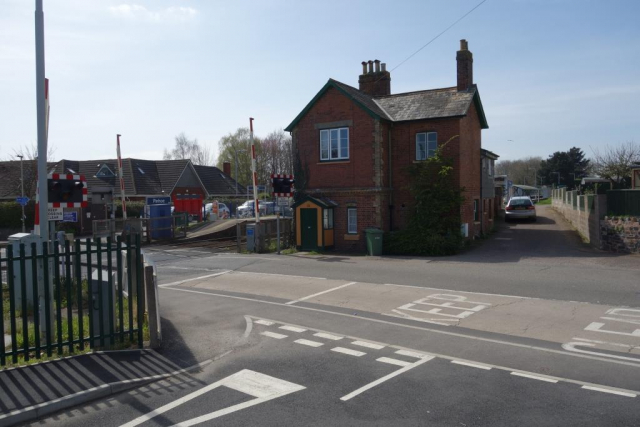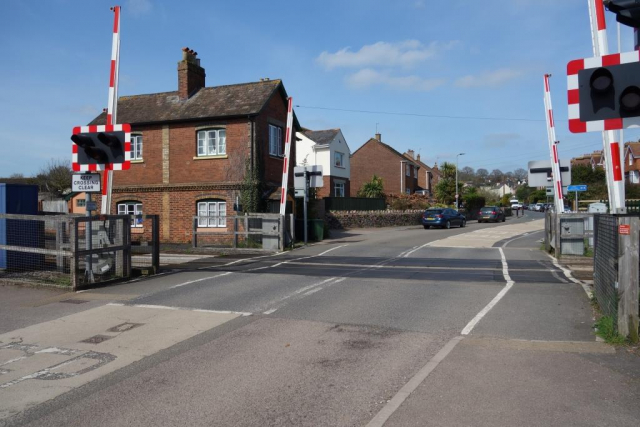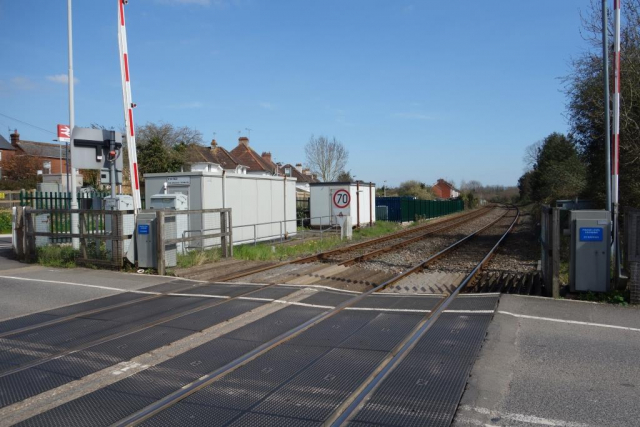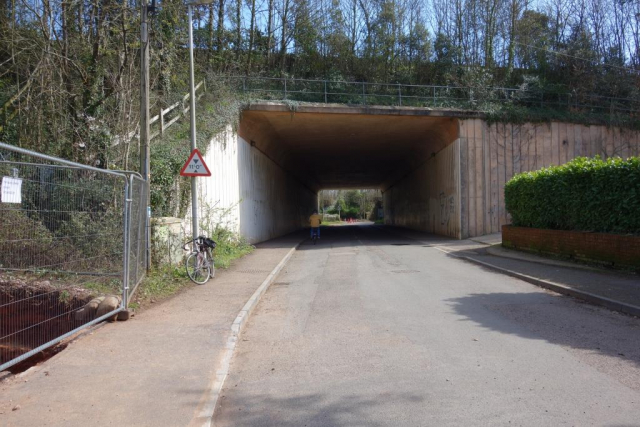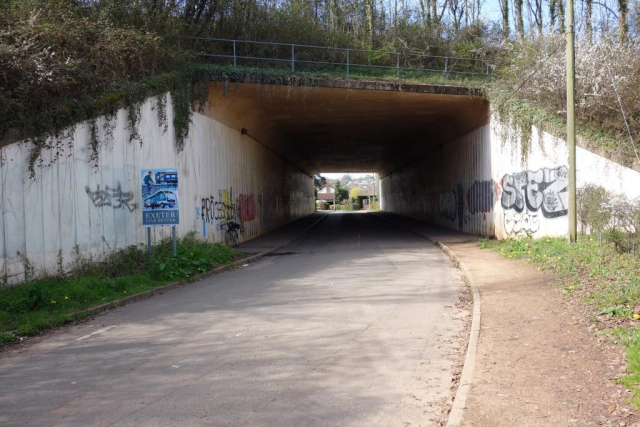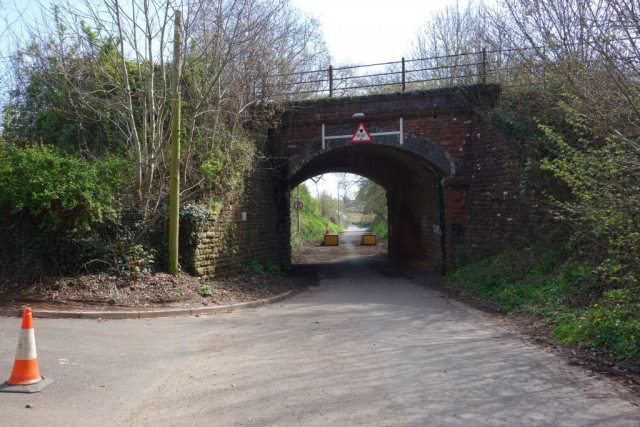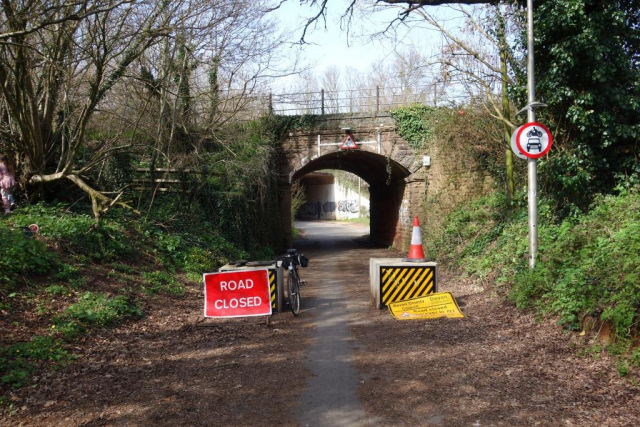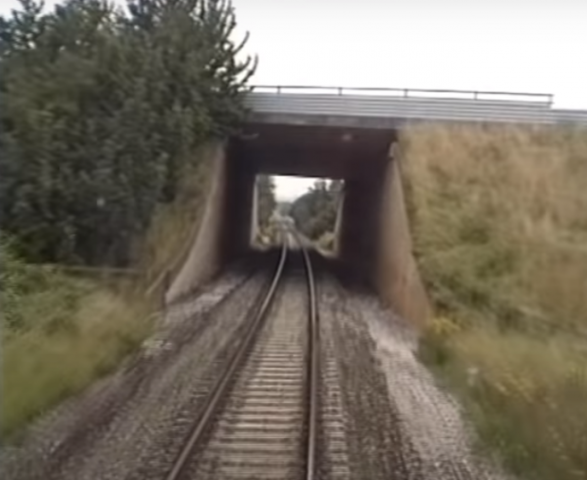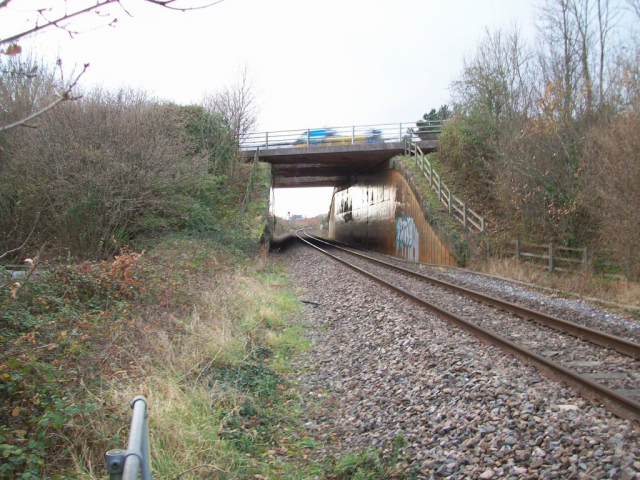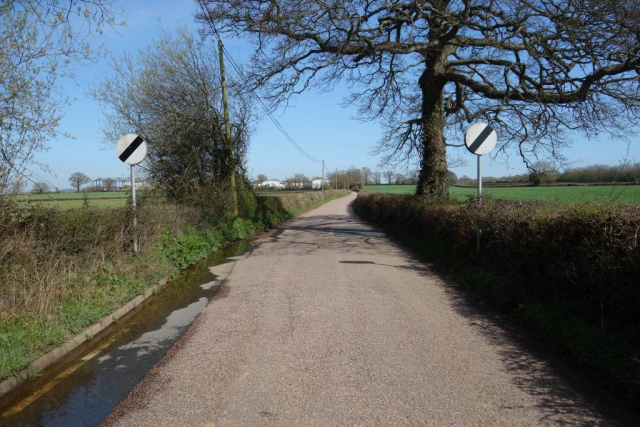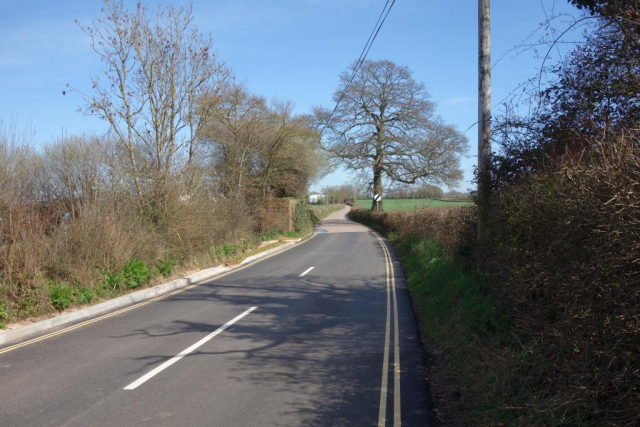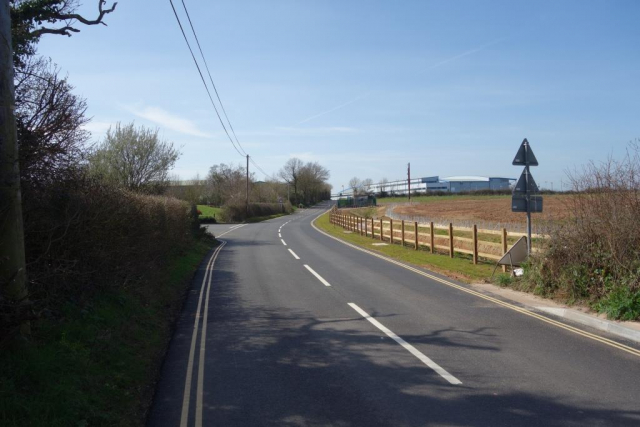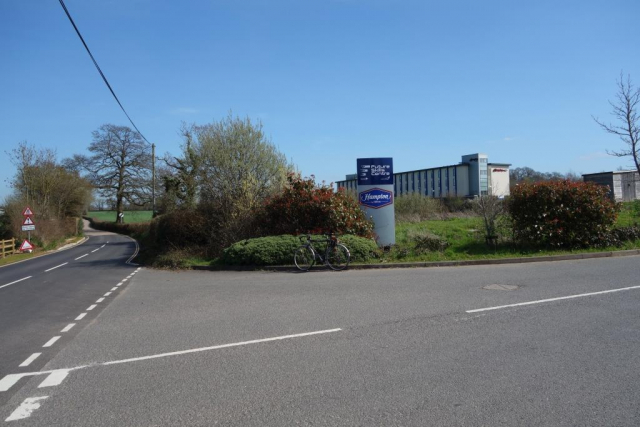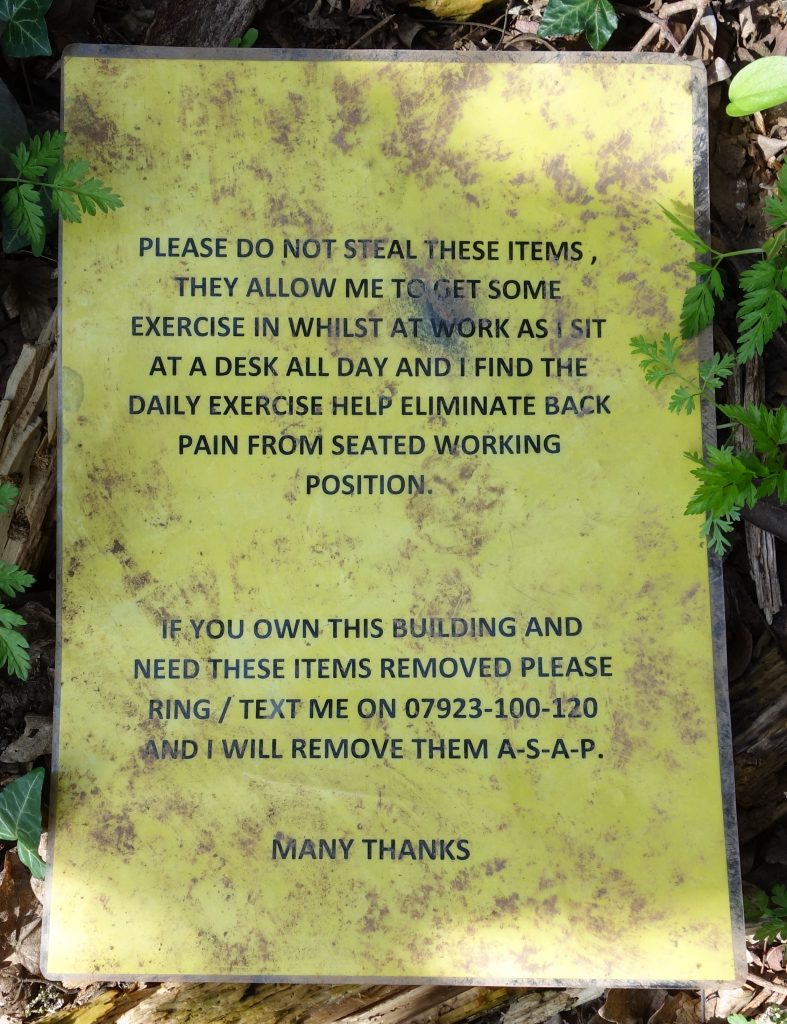Some of the places closest to home and easiest to scout are often overlooked.
In 1906, the London & South Western Railway opened three main line halts in Exeter and began a steam “rail motor car” service between Queen Street Station (today’s Central) and Honiton, perhaps a forerunner of today’s “Devon Metro.”
St. James Park
Lion’s Holt Halt was named after a field where sprung the water for Exeter’s underground passages. The halt was renamed St. James Park, after Exeter City’s football ground, in 1946, by which time it was the only survivor of the three.
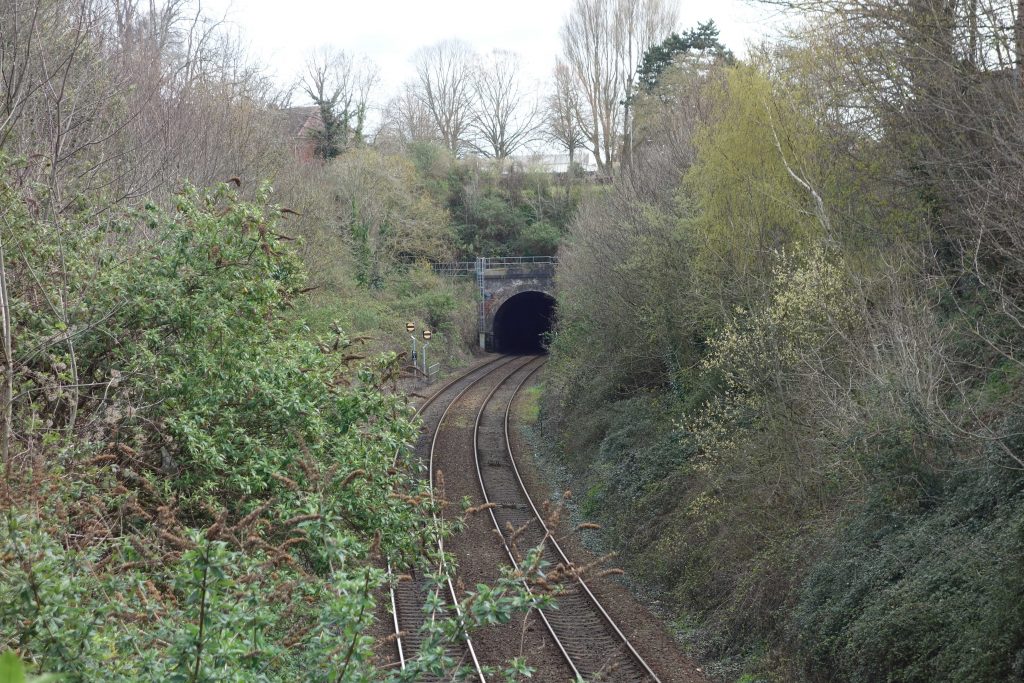
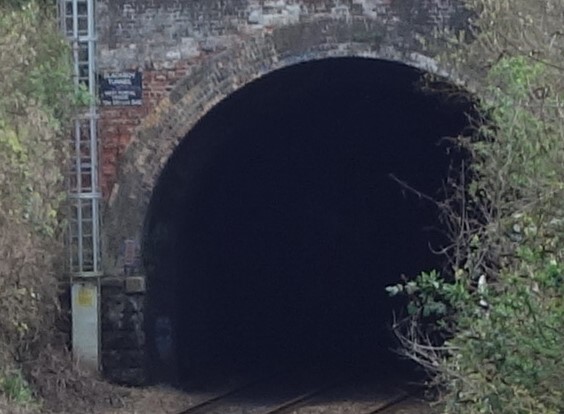
The scout remembers being told of a lad being killed after leaning too far out of a carriage.
Mount Pleasant Halt
Exmouth Junction
At the height of Southern supremacy, there were a locomotive shed, carriage and wagon shop, precast concrete works and marshalling yard at the junction. A fortune was spent establishing a plant maintenance depot on part of the wagon shop, but this was closed by the end of the century and the whole site fell into ruin, nearly all the buildings eventually being demolished. The yard remained and became a birch forest.
“Perseus” at work in Exmouth Junction Yard.
“Perseus” leaving Exmouth Junction.
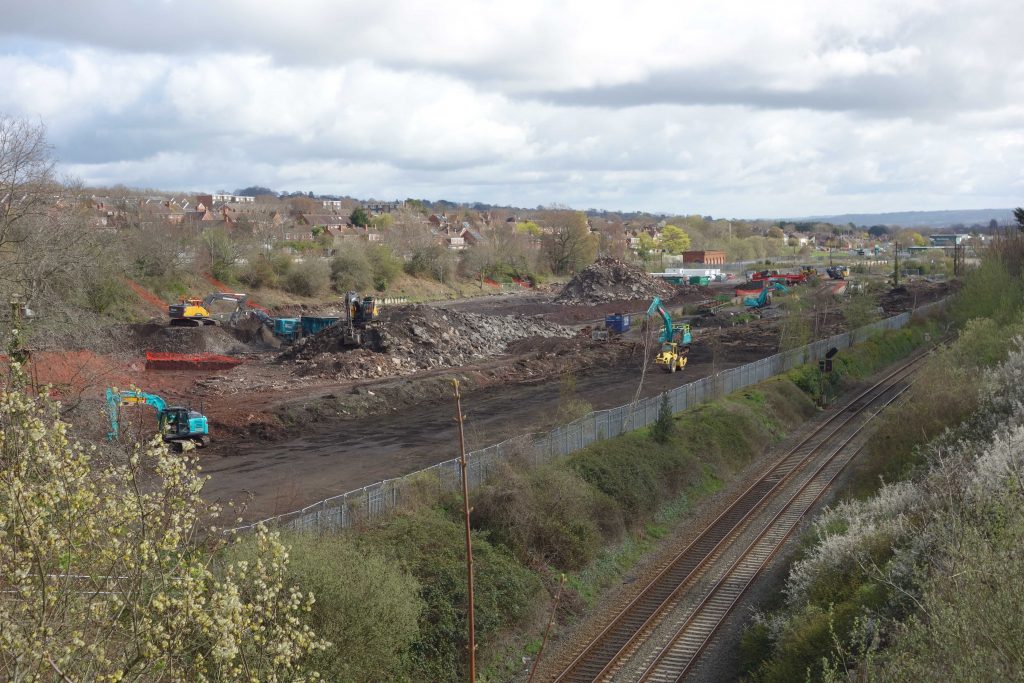
The two miles of track with some fittings may have gone to the project at Shillingstone, but it seems that the committee lost interest. +
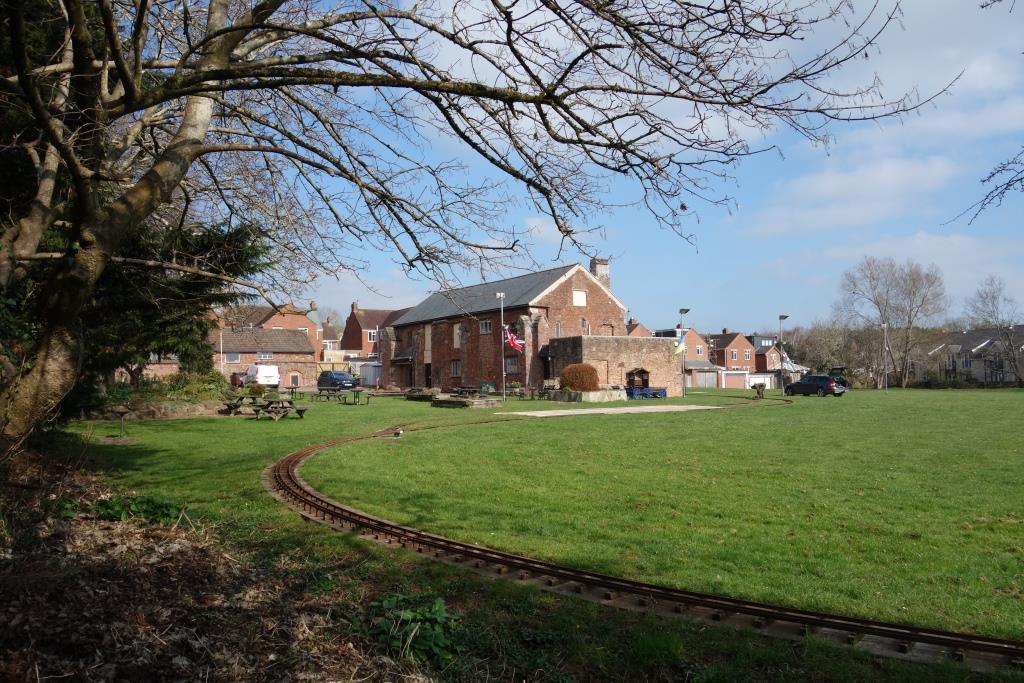
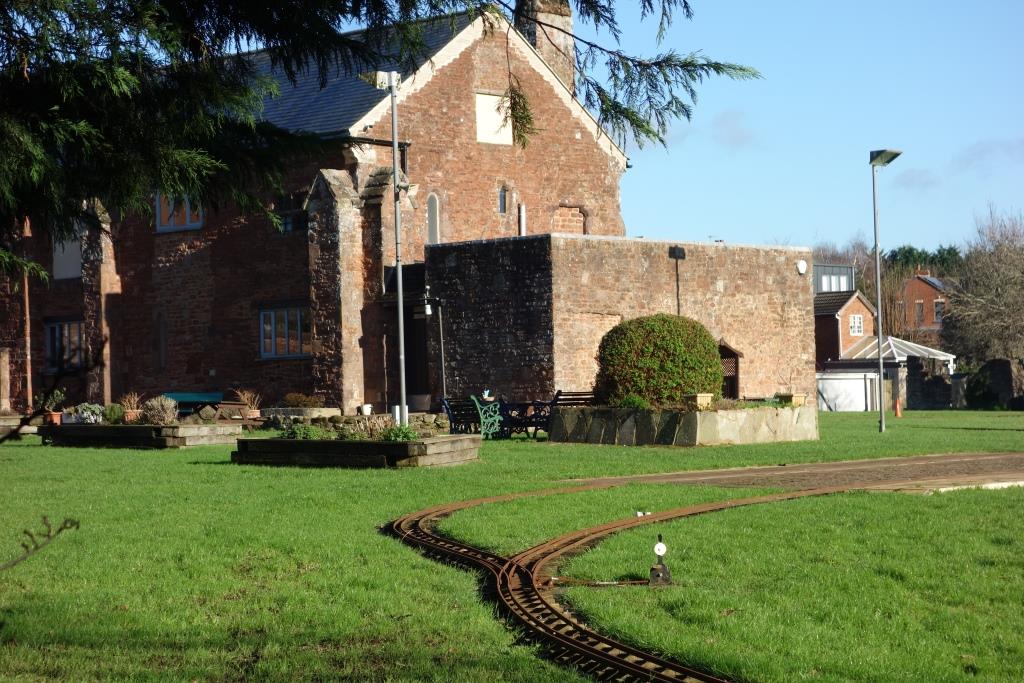
Whipton Bridge Halt
In 1906, when the South Western advertised its new rail motor service, Lion’s Holt and Mount Pleasant were said to be in Exeter, while Whipton Bridge was “near Exeter,” which shows how little the city had spread east at the time.
Pinhoe
Between Pinhoe and Exmouth Junction were three private sidings.
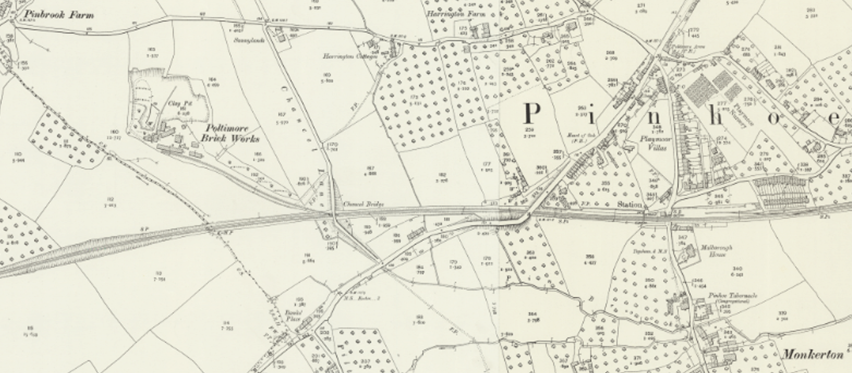
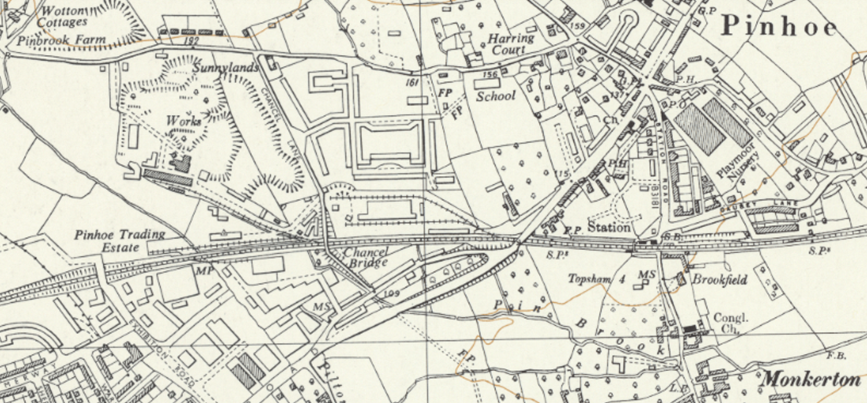
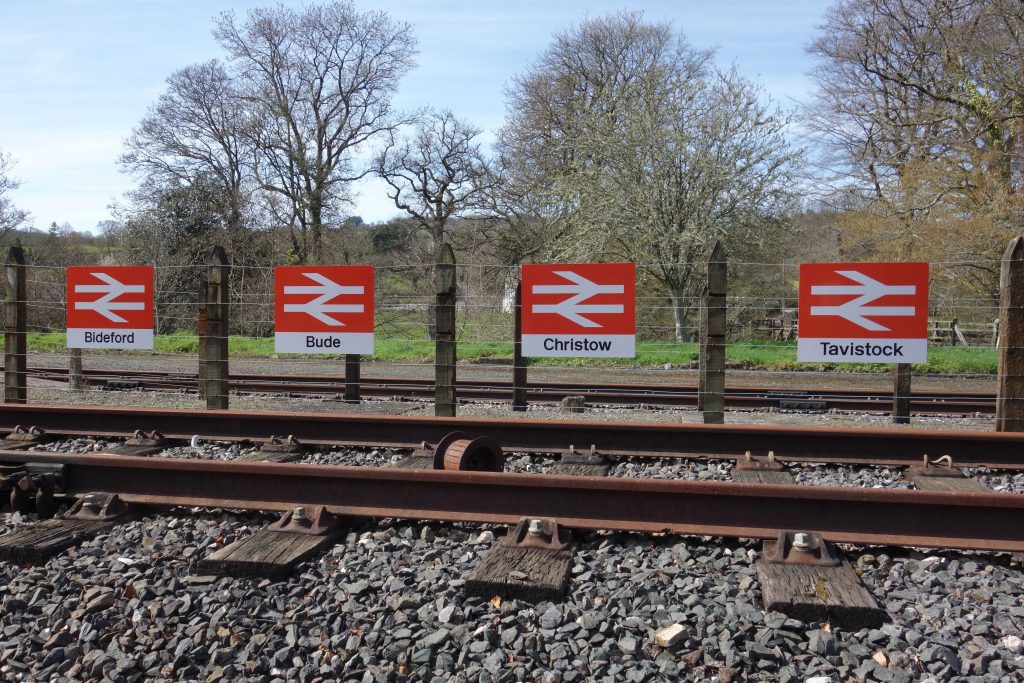
In No. 4, the scribe refers to “Tony Speller’s Station,” because it was the M.P. for North Devon who had proposed the Transport Act 1962 (Amendment) Act, 1981, which would allow station reopenings on an experimental basis and avoid a prolonged closure process if they were unsuccessful. Pinhoe, closed in 1966, was the first to reopen under this legislation, in May, 1983. It was a success and was quickly followed by the reopening of Templecombe.
Langaton Lane runs from the centre of the village and joins Blackhorse Lane. When the M5 was constructed, the bridge that carried it across the lane was wide and high enough to allow for any future development and level of motor traffic.
At first the road was closed for works but then, in 2022, to stop an increasing number of drivers taking a short cut, the closure was made permanent.
In contrast, the bridge that took the motorway across the railway was only as wide as it needed to be, when it would have been but a small expense to have provided a double line crossing. Why the railway did not insist on a double line bridge, when it surely could have done, is not known.
A great many single railway lines, like the Teign Valley and Exeter, were built with double line overbridges because it entailed little extra cost. The vast majority were never needed.
R.A.F. Exeter
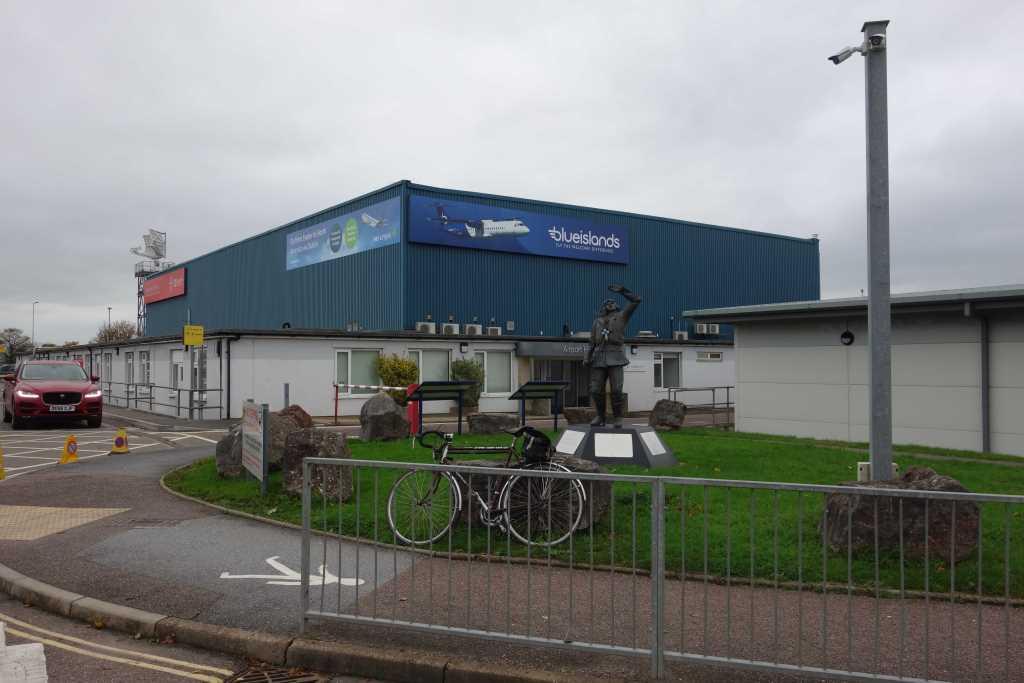
The detestable FlyBe has gone and another airline’s board has not continued the “quicker than road or rail” taunt. +
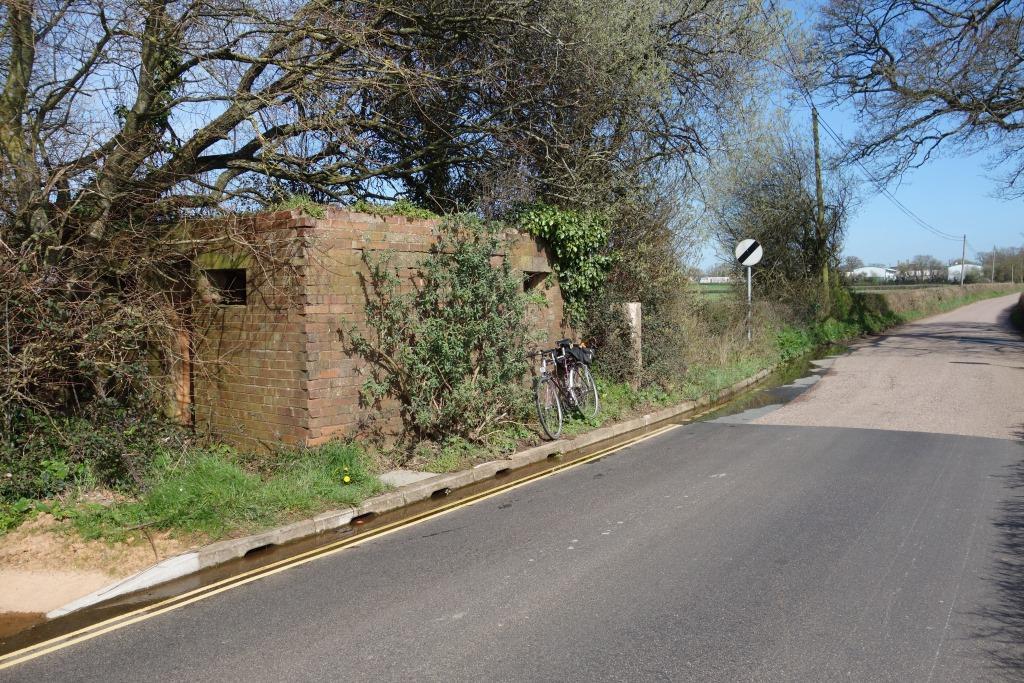
From the two concrete posts beside the lane, it is taken that this pillbox guarded the perimeter of the airfield.
When the scout first entered it a few years ago, he was surprised to find someone’s gym equipment spread out. Weights were attached to a frame that the scout had not seen before; he has since learnt that it was a “trap bar.” The scout, who does a bit at Christow, is used to lifting but had great difficulty getting this new contraption off the ground, which he thought must have been because he did not have on his work clothes.
On the recent visit, the equipment had gone but the notice the fellow had left was still there, explaining his position.
The scout could not help but think of the men who were posted to the pillbox and who watched for the invaders that never came. Could they have guessed that in future hordes would land on Kent beaches and be put up in expensive hotels around the country?

